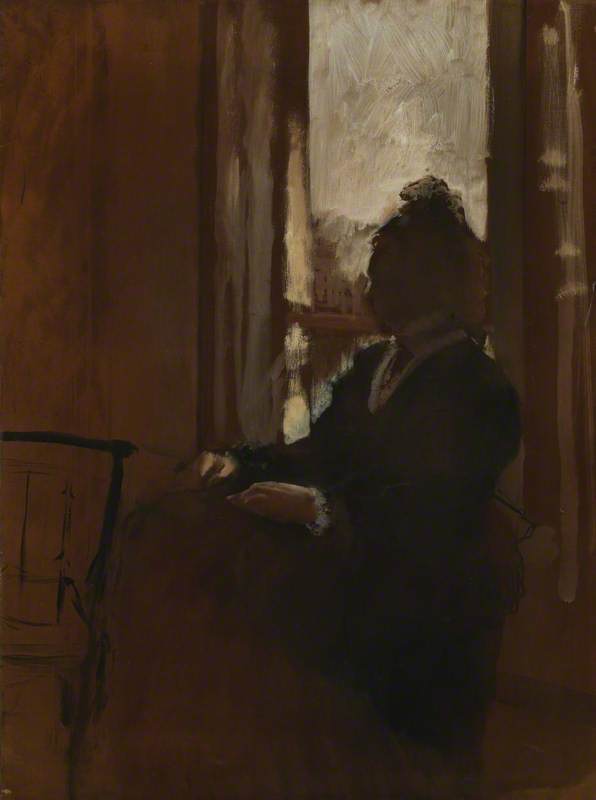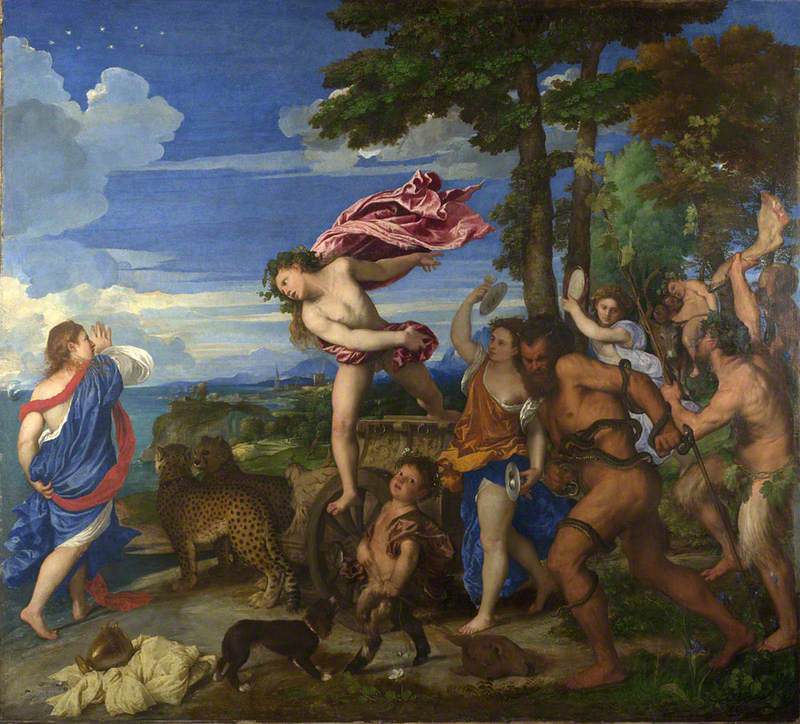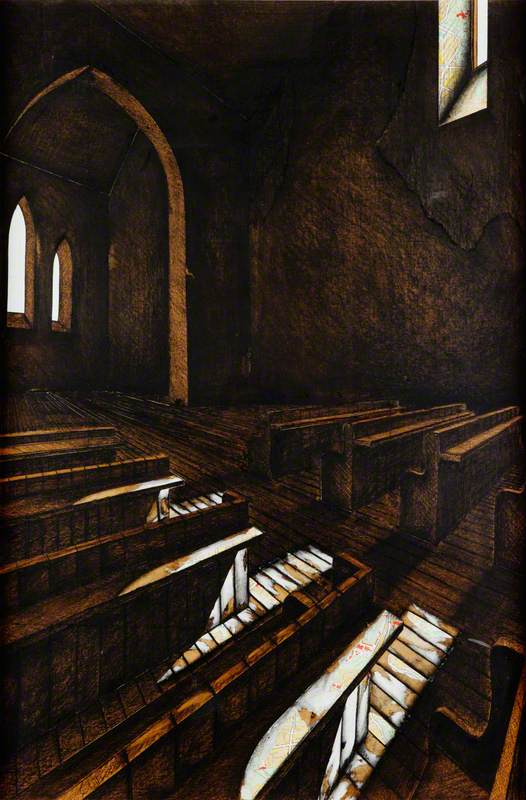She was just a woman in want of equality. Frustrated and disrespected, all because of a self-righteous man.
Throughout Jewish folklore, one character of darkness that particularly strikes me is Lilith. Lilith: demon of the night, killer of children, symbol of sex and rebellion. Said to be created alongside Adam in Genesis 1, only to flee and be replaced with Eve in Genesis 2. Her refusal to be Adam's subordinate led her to abandon the Garden of Eden and escape to the seas. Various scriptures suggest that as revenge, she transformed herself into a serpent and travelled to the Garden of Eden, only to corrupt Eve. On the surface it may be her beauty that makes her so alluring, however, I believe it is her resistance and nonconformity.
In this image, the portrayal of Lilith contrasts with other accounts of creation, a subject usually portrayed with more benevolence and purity. Artworks portraying Adam and Eve use vibrant colours, showing Eve to be especially compliant and feminine.
Temptation by Archibald McGlashan and Sketch of Adam and Eve by William Etty, show Eve usually leaning towards Adam or surrounded by vibrant natural imagery.
These elements show her to be everything that Lilith is not: pure and obedient.
Collier uses a muted colour palette, allowing us to appreciate Lilith's flowing red hair and enthralling beauty. This image uses dark undertones and malevolent imagery to highlight her evil nature, although I believe that her refusal to be subordinate to Adam shows power rather than evil intent. The snake coiled around her makes them both appear as one, the line where one ends and the other begins is blurred. The serpentine curvature of her body mimics the contorted form of the snake, making her seem twisted yet feminine and majestic. The juxtaposition of the scaley snake wrapped around Lilith's luminous flesh emphasises the physical difference between the two.
Her beauty makes it difficult for us to truly see her as a villain. Her long ringlets of copper hair, porcelain skin and seductive posture all contribute to presenting her as the symbol of sexuality and feminism she is most prominently known as today. Although her female beauty and appeal to the male gaze would be at odds with feminism in usual circumstances, this portrayal of Lilith standing alone with no man by her side shows her true independence.
Hannah Bugeja, second-place winner of Write on Art 2021, Years 10/11
































